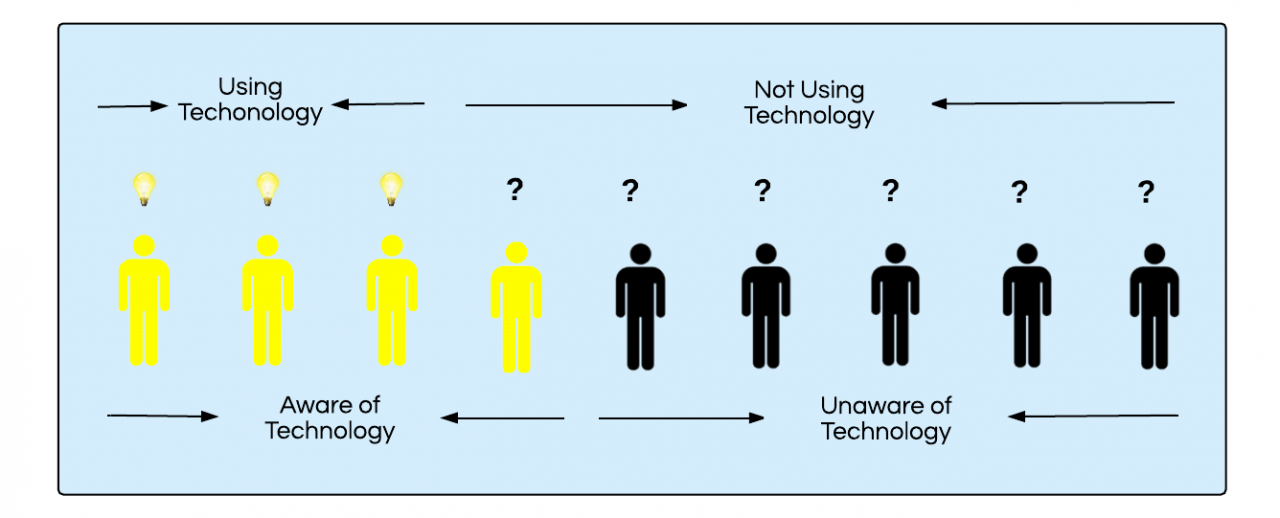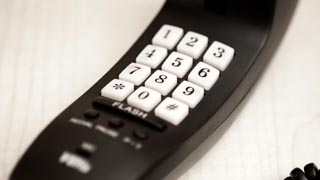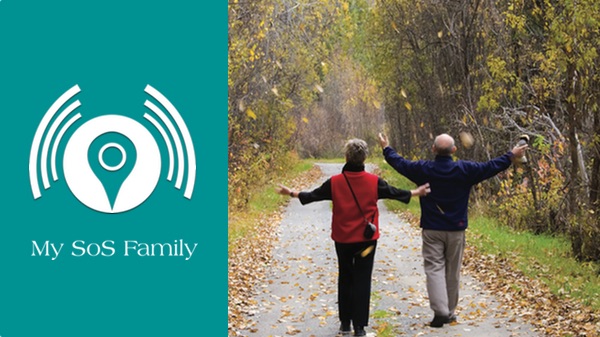Telecare: keeping older people happy at home
What is Telecare?
For lots of people the term ‘Telecare’ is totally foreign and something that takes time researching to understand. Telecare can be described as a technical device that provides ‘care at a distance’. Although the devices differ in design and function, they all link someone who is living at home with a call centre, a family member, or a care professional via a telephone, mobile or internet link. Some examples of Telecare are personal alarms, which can be triggered by the wearer in an emergency; sensors which detect if the person is moving about and following their usual routine; sensors which detect changes in the home environment, such as temperature; GPS devices for people who wander, and may get lost, and webcam systems where you can see and talk to somebody via a television or computer.
Why might your elderly relative consider Telecare?
‘Home is where the heart is’ and staying there, when it is reasonable to do so, is at the core of most people’s desire and happiness, whatever stage of life they are at. Providing an additional piece of support to someone’s care, such as Telecare, that might just make the difference between staying at home and having to go into some form of care, seems like a logical solution. Even so, there are considerations to be investigated. One of the worries associated with Telecare is that it might take away human contact and that having a Telecare device might mean fewer physical visits from family or carers. For most people who are providing informal care, however, Telecare helps to change the nature of visits from a functional footing to a more social one: improving the relationship between sons or daughter and their parents by preventing individuals being drawn into carer/cared-for roles rather than maintaining existing family relationships.
In a professional context, Telecare can help care organisations to deliver more meaningful, longer care visits, rather than shorter, functional checks. With Telecare devices that need to be worn and require input, such as buttons to be pressed, there can be shortcomings – especially with users who are living with dementia and forget to wear and/or use devices as intended. Early introduction of Telecare solutions, leading to a level of familiarity with devices, can help to overcome this issue.
What should your older relative consider if choosing Telecare?
When choosing Telecare it can be helpful to consider the following:
- What problems can Telecare help with and what items do I need? It may seem obvious but it’s likely that one piece of Telecare isn’t going to solve everything. To provide the complete solution it may be necessary to arrange several complementary Telecare services or devices together, such as a personal alarm and a monitoring system. Choosing the right devices that strengthen the link within the family, keeping the person who is being cared for ‘top of mind’, and are simple to use from the cared-for person’s perspective help to overcome any concerns about Telecare increasing rather than decreasing levels of loneliness in elderly relatives.
- Who else is connected to the system and what about security concerns? It may not just be your family who is involved in Telecare. Other people linked in to the service could be professionals from call centres, homecare organisations, neighbours or family members. Some systems work by alerting family members when something is wrong, whereas in other systems, professional carers respond to alarms. Whichever route and set-up you choose, there will be a predominant need for a human touch-point at the end of the technological chain: whether it’s a call centre, a neighbour or yourself. There is a balance to be achieved between having a large number of potential responders and ‘sharing the care’ – it is critical to define who holds the responsibility for any action that might need to be taken. Concerns over privacy should be viewed in the context of what the alternatives are to independence-enabling devices. For example, GPS devices which help identify the location of people who have wandered could be viewed as removing privacy; however, the balance is that without them, users would probably not have the same level of liberty and security that is offered by owning and using the device.
- How might a Telecare device change a home? People may need to make space for Telecare devices in their homes. For some devices, there may be wiring to consider and does having the system installed produce a noticeable audible or visual change to the home. In conjunction with the physical considerations, is it clear who you can talk to if you have concerns about a device and who could you turn to if it breaks down?
- Who is the active user of the Telecare system? Different forms of Telecare work in different ways. There are personal alarms, which require the user to wear the device and activate it in an emergency; and there are monitoring systems, where the person being cared for is not required to do anything – instead, the family or a professional service-provider monitor unobtrusively, from a distance. Deciding which type of system, active or passive, is a key step in defining a Telecare solution.
- Is it worth the effort? Many people who use Telecare, both the person being cared for and their families, report feelings of safety and peace of mind. Feelings of safety are important, but they may not always be realistic unless the right person is able to and prepared to follow the necessary steps. The complexity of the system and the degree of simplicity for users is key. Telecare should ease the situation, not add unnecessary complexity.
- Can you decide how long you can keep the Telecare device for? For some people, it may be suitable only to have Telecare for a pre-specified period of time, whereas others may want to keep it for an indefinite period. The ability to choose, or a degree of flexibility within a Telecare plan, helps with making this decision. Consider the following: For what period is the device intended? If it is temporary, how would you feel about it being handed back?
- What would happen if your or your family member’s condition deteriorated? Some devices may only be useful for a limited time. People with dementia may be able to use simple computer screens, but this may become more difficult as their condition changes. A GPS device might help when the main concern is the person losing their way, but it may not be appropriate if they cannot cross a road safely alone. Sometimes people who have pendant alarms forget what the buttons are for. Solutions that can be tailored offer a degree of flexibility that can help to adapt to changing situations and conditions. One piece of Telecare, in other words, may not provide a complete, lifetime solution, but it may provide a vital step on the journey and later other forms of care may be need to be built together to form a complete care package.
Canary Care offers a new approach to Telecare by providing families with up-to-date information about routine, temperature and visits in their loved-one’s home. It’s easy to set-up and provides unobtrusive, round-the-clock reassurance for concerned families of independently-living adults. With a flexible alerting system that monitors changes to the home environment, Canary can help families to keep their dearest nearest.
For more information contact CanaryCare












